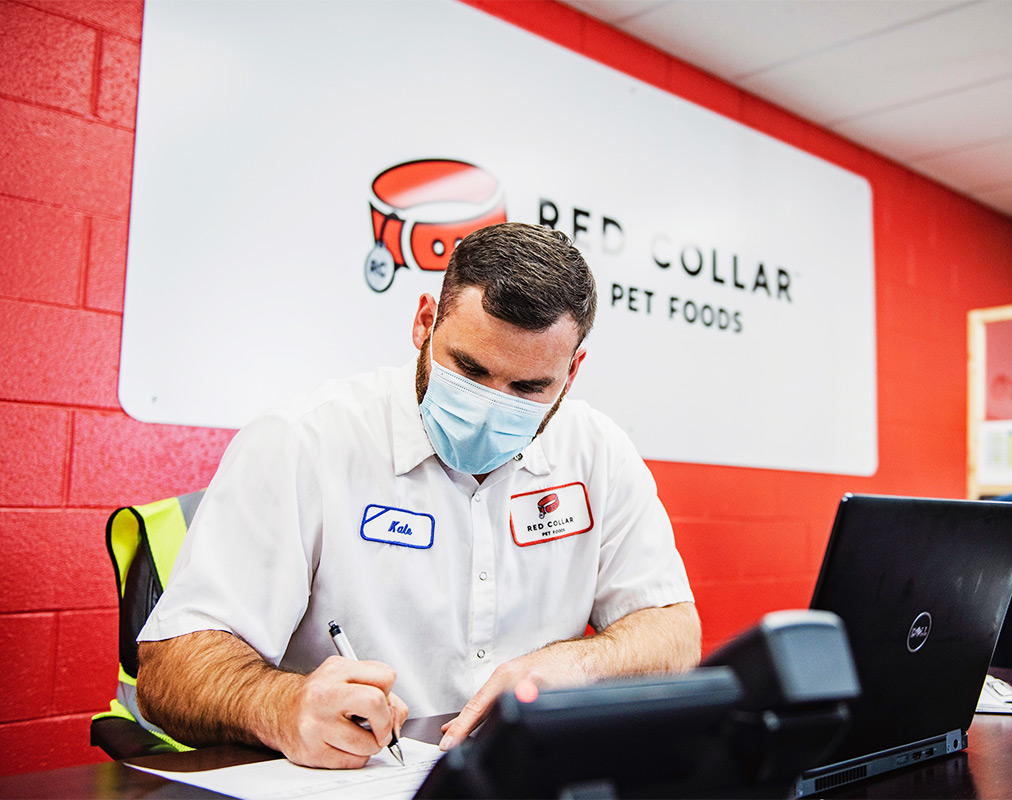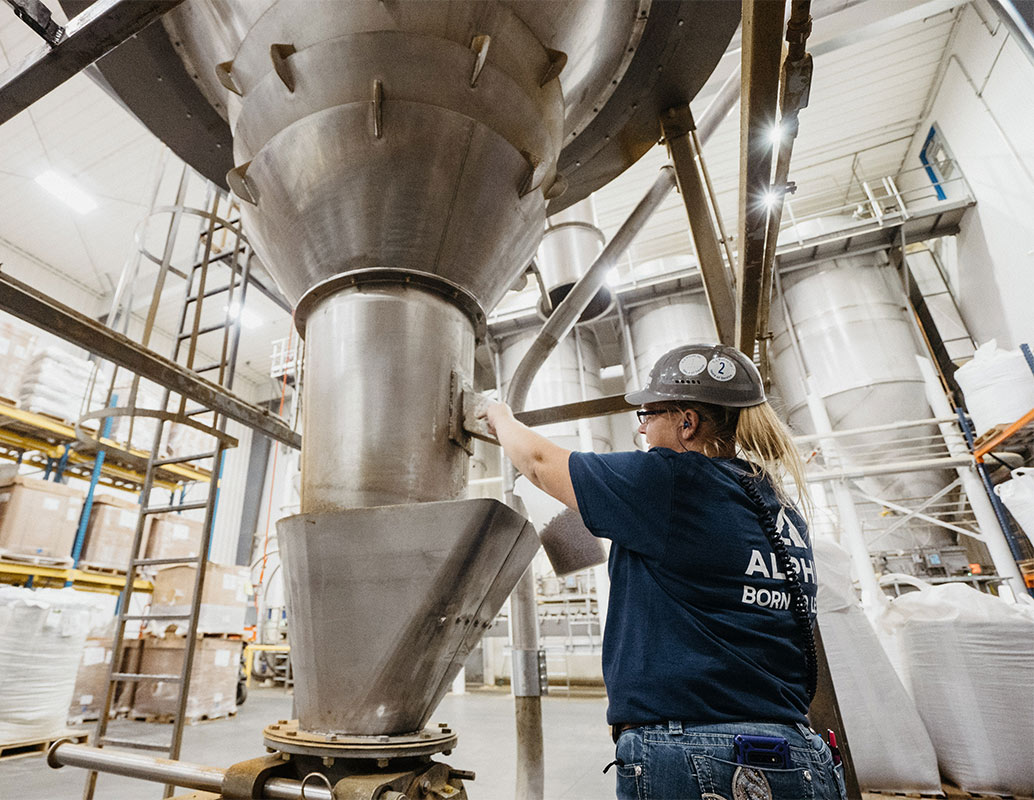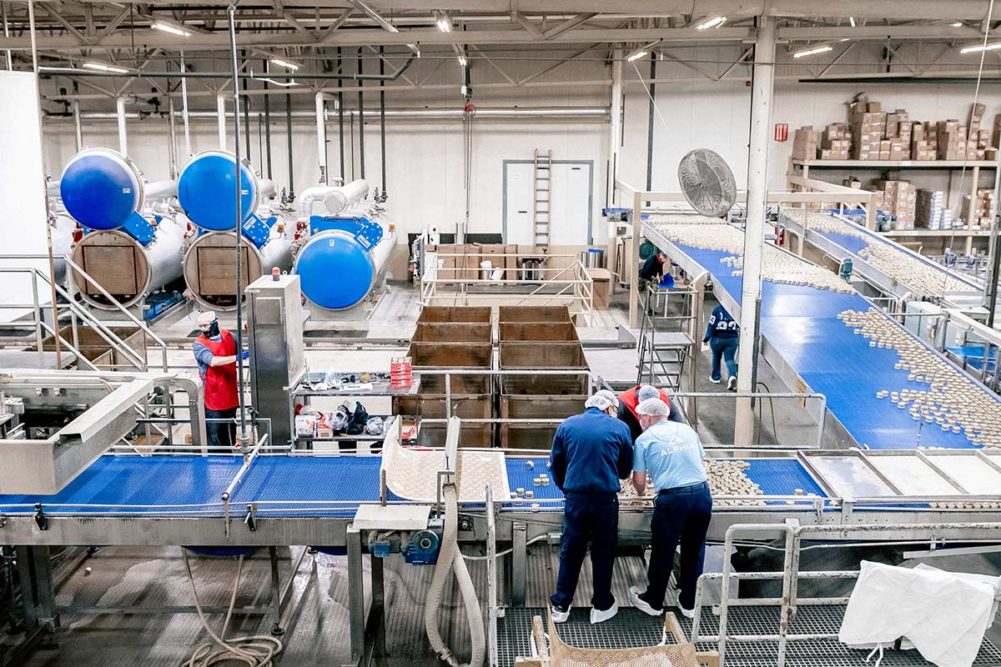This article was published in our 2021 Resource Guide. Read it and other articles from this issue in the digital edition of our latest Resource Guide.
Pet food sales and production volume soared in 2020. The American Pet Products Association (APPA) clocked pet food and treat sales at $42 billion. Alltech estimated 9.4 million metric tons of pet food were produced in North America in 2020, up 7% from 2019. Global pet food production was up 8% year-over-year in 2020, totaling 29.3 million metric tons.
The successes seen in this market, however, have not come without challenges. Employment is one – more specifically, a lack of available labor in an industry where production is booming.
“As we work together through the challenges our industry faces driven by COVID, and the fallout created by the pandemic — labor and material shortages, transportation issues, inflation and choppy recovery — there has never been a better time to be in the pet care industry!” said Chris Hamilton, president, Red Collar Pet Foods, Franklin, Tenn. “With robust growth driven by surging pet purchases during the pandemic, premiumization and growth in new channels and partitions, job availability is very high. Of course, navigating these dynamic times is difficult.”
 At Red Collar Pet Food, culture is a key aspect of the pet food co-manufacturer’s talent acquisition strategy. (Source: Red Collar Pet Foods)
At Red Collar Pet Food, culture is a key aspect of the pet food co-manufacturer’s talent acquisition strategy. (Source: Red Collar Pet Foods)
Barbara Hicks, chief human resources officer, Alphia, Bern, Kan., echoed this sentiment.
“The availability of talent is short in the current job market, with more jobs available than employable people,” she said. “The pet food space is especially tight and, considering how complex many of our roles are, this presents an even narrower labor pool. This is forcing employers to explore new ways to attract and retain talent.”
The labor shortage is resulting in production issues for some processors, causing them to run below capacity because they cannot fully staff their production lines or certain stages of their process. Evanger’s Dog and Cat Food Company, Markham, Ill., reported it is experiencing the greatest labor shortages among its entry-level production and shipping department positions.
“In the past, we would post a position and receive more than a hundred qualified applicants. Now, we’re pleased if we receive one or two qualified applicants,” Hicks added.
Many roles in this industry are reliant on manual labor, requiring employees to lift heavy objects, stand on their feet for long periods of time, endure extreme temperatures depending on the product being manufactured, or work extended production shifts.
 One challenge is finding the right employees willing to endure work conditions typically seen in the manufacturing industry, including heavy lifting and sometimes extreme temperatures. (Source: Alphia)
One challenge is finding the right employees willing to endure work conditions typically seen in the manufacturing industry, including heavy lifting and sometimes extreme temperatures. (Source: Alphia)
“The challenge is finding people who are willing to work in this type of environment when there are many positions available that have more favorable conditions,” Hicks explained. “We counter objections by focusing on the growth potential and learning opportunities we can offer.”
Attractive opportunities
There are several ways pet food and treat processors can attract and retain talent. In a crowded marketplace and amid a labor shortage, many companies are going beyond the promotion of competitive wages and benefits and offering additional perks to interest new employees.
For Evanger’s, this means providing an on-site workout room available to all employees, offering training programs to keep them informed, and providing overtime opportunities for those who want to earn more, all while promoting employee health and work-life balance.
“In the office, Evanger’s also hires interns from local universities and post-high school programs in the hopes that the training and experience they gain will help provide a full-time opportunity at Evanger’s down the road,” said Holly Sher, owner and president, Evanger’s.
At Red Collar, communication and culture are key for maintaining employee engagement and trust. Growth and career development opportunities are also important parts of Red Collar’s talent acquisition and retention strategy.
“Our culture starts with our associates at the center of our business model, and our values which guide our actions,” Hamilton explained. “Quality, food safety and associate safety are ‘non-negotiables.’”
“The pet food space is especially tight and, considering how complex many of our roles are, this presents an even narrower labor pool,” said Barbara Hicks, Alphia.
It’s also important that processors brand themselves as quality employers, emphasizing the company’s success and stability, growth potential and opportunities for career development alongside that growth.
Alphia is taking a proactive approach here; rather than waiting for people to discover the company as a potential employer, it is actively seeking out talent.
“This requires more external event participation and advertising,” Hicks said. “Plus, speed of response is critical in the current setting.”
Finding ways to engage with and support the community can also be beneficial for hiring. Over the summer, Red Collar launched Project Paws with the Joplin Humane Society, a hiring initiative designed to fill 60 new positions at its local treat manufacturing plant.
These labor pains are tied to several other challenges facing the industry right now. For example, Hicks said the shortage in labor is resulting in an increase in pay rates for existing employees. This, paired with an uptick in raw material costs and supply chain disruptions, have “significantly increased the cost of doing business” for this industry, she said.
Even in a volatile economic environment, pet food demand will continue to grow. Likewise, it will become increasingly important for processors to attract and retain a strong workforce to support demand.
“Like most manufacturers, we are competing for top talent in a very fluid and changing work environment,” Hamilton said. “Associates want to feel safe and secure when they come to work. We have worked hard as a leadership team to give them a safe and secure work environment where they can thrive.”
Keep up with the latest industry trends on our State of the Industry page.




